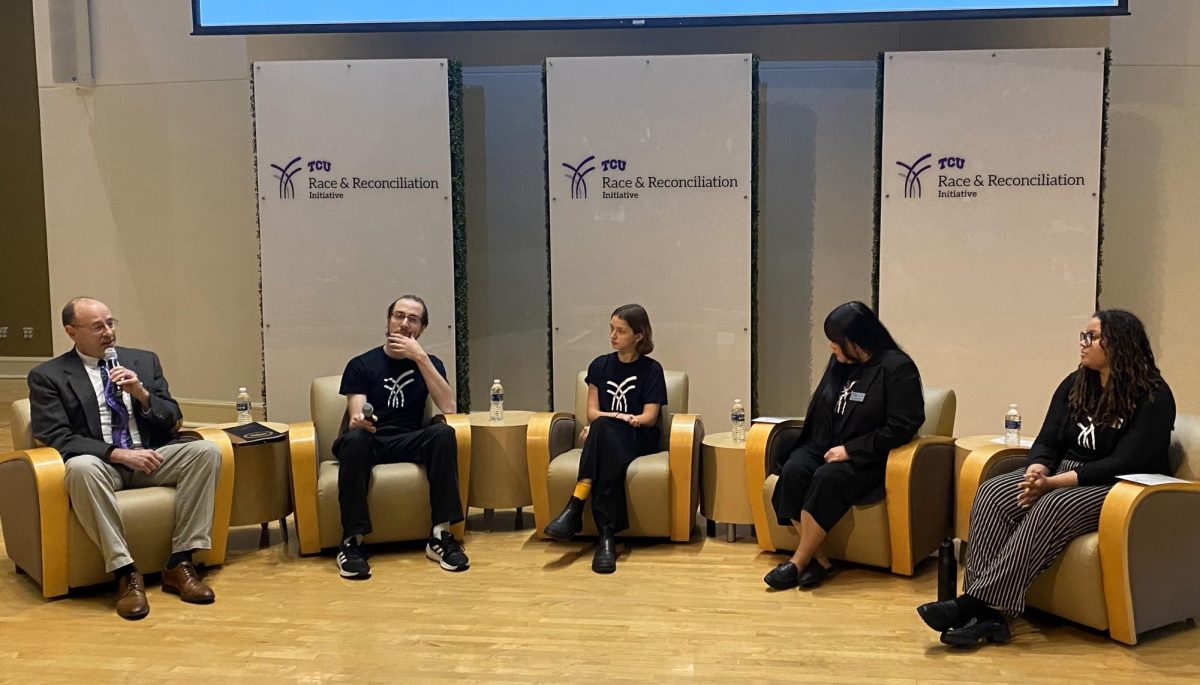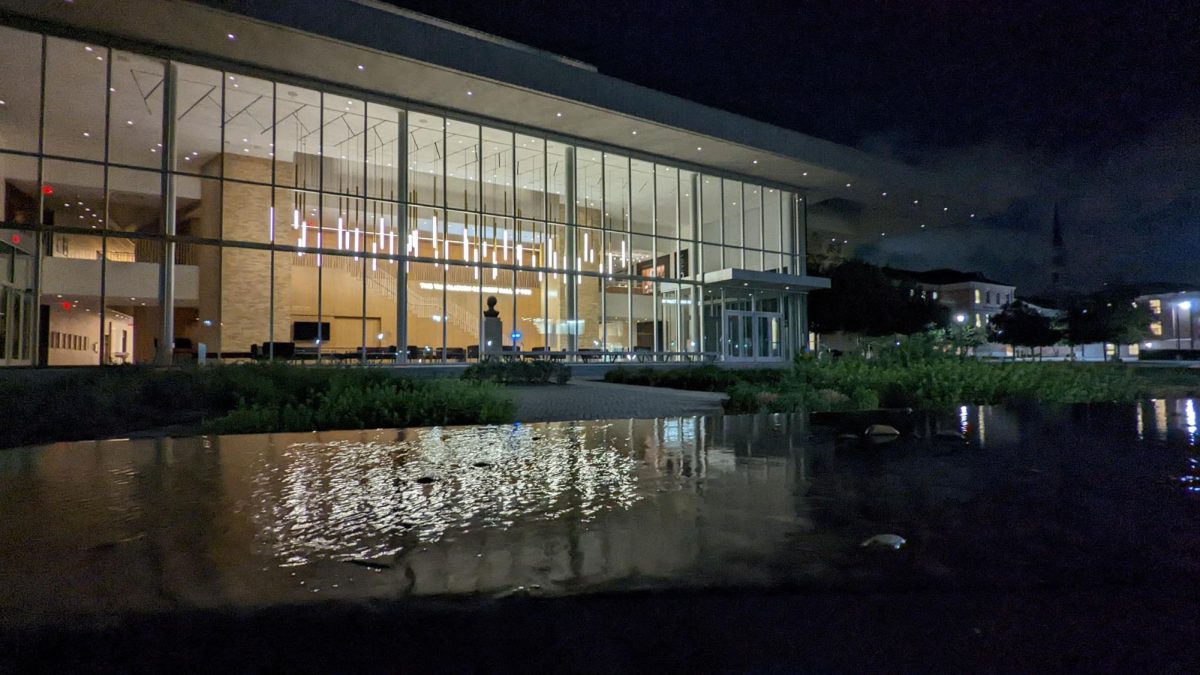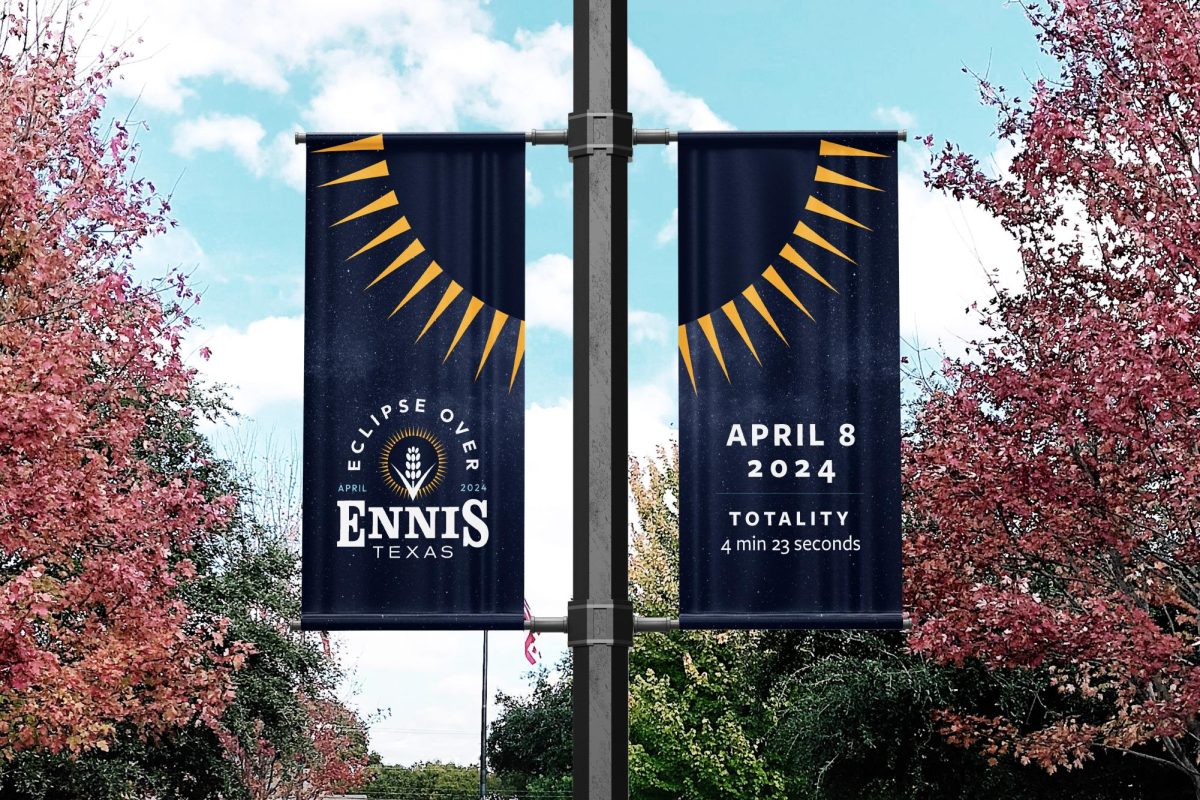When many homes in the 109 and surrounding ZIP codes were built in the 1920s and 1930s, the drainage system built to control flooding was not planned with growth in mind.
Greg Simmons, the city’s storm water manager, said the system worked well for a while, but for the city today, the pipes are simply too small to properly drain parts of the Forest Park/Berry area at the border of the 109 and 76110 and the Central Arlington Heights area contained in the 76107 ZIP code.
Parts of the 109 and surrounding ZIP codes are flooding, and though the staff at the Fort Worth Storm Water Management program has spent four years trying to find a solution, they still can’t fix the problem.
The program has dedicated millions of dollars and countless hours trying to figure out how to control the flow of flood waters in Fort Worth Neighborhoods.
On Sept. 22, the staff still had no definite answer for concerned residents of the Central Arlington Heights area in the ZIP code 76107 and the Forest Park/Berry area in the 109.
The staff held a public meeting to discuss possible solutions for drainage issues caused by undersized pipes installed before these areas were fully developed.
Each area is defined by a watershed, which is the area of high ground from which water flows to an area of lower elevation.
Though flooding problems mainly occur in the ZIP codes 76110 and 76107, a map depicting the location of the current drainage system shows that underground pipes run in part beneath McCart Avenue, West Bowie Street, West Lowden Street, Granbury Road, Merida Avenue and Sandage Avenue in the eastern portion of the 109 south of Park Hill Drive.
A flood map displayed at the meeting also showed that the areas along McCart and in the eastern portion of the TCU campus are prone to flooding when the current drainage system is outstripped by increased runoff.
Increased runoff is caused by the addition of impermeable surfaces such as concrete that do not allow rain water to soak into the ground as it would naturally. Instead, the rain water flows along these surfaces and pools in low-lying areas.
Simmons, 47, said in the Sept. 22 meeting that the program had considered both traditional and non-traditional solutions to the drainage issue and had yet to find a cost-effective, minimally invasive solution that will protect these areas from 100-year flood events.
A 100-year flood refers to a flood of high magnitude that in any given year has a 1 percent chance of occurring, Simmons said.
“We want what comes out of this overall process to be a consensus that everybody really understands what the issues are, everybody understands and agrees with the strategy to move forward,” Simmons said.
A concern when attempting to rework a drainage system would be how that redevelopment would affect the community members, he said.
Simmons said the problem began when the areas were developed in the 1920s and 1930s.
During that time, drains were often built and then covered over either with dirt or in some cases, even houses.
Simmons also said that the drainage system built during the early 20th century may have been adequate at that time. However, increased runoff from further development grew beyond the capacity of the current system.
Simmons also said expectations may have been lower when the system was built.
“I think the expectations back in the ‘20s and ‘30s weren’t what they are now,” Simmons said. “People didn’t necessarily expect that when there were heavy rains that there wouldn’t be a lot of water in their yards. Now people’s expectations are a lot higher. But for 60 or 70 years, as the city continues to develop, that does create more runoff that does put more burden on a system that was already too small.”
Traditional solutions such as enlarging pipes or creating ponds to divert flood waters could cost upward of $30 million for each of the two areas and have the potential to swallow entire streets, Simmons said.
One possible solution would force the city to dig a 32-foot deep trench to control drainage, Simmons said. Another could cost up to $155 million, which is more than five times the annual budget for the management program for the entire city.
Carter Burdette, City Councilman for District 7, said the flooding has been a problem for many years.
“Unfortunately, parts of the city were built along old stream beds and storm sewers were built in those old stream beds and worked perfectly well until the city started growing,” Burdette said. “We at the city can’t control when the rain falls, we can’t control how much falls, and can’t control where the rain goes when it falls—it goes downhill.”
Burdette said the flooding problem led to the designated portion of Fort Worth water bills for storm water utility beginning in 2006.
Simmons said property owners pay around $5 a month for storm water utility. The purpose of the utility was to ensure a designated revenue stream for the program.
Since its creation in 2006, the storm water management program has searched for a solution and has met with consultants such as Pittsburgh-based engineering firm Michael Baker Jr., Inc., twice before. On both occasions, the consultants could not find a solution.
Possible solutions
The program has also begun work with consultants from engineering firms, a public relations company and a company focused on sustainability, among others.
Simmons said the program hired the Arlington-based Pam Roach Public Relations because of the sensitivity required to express the concerns of an already frustrated public during the process of finding a solution.
Though in the past, public relations may have been handled by a city department, budget cuts forced the city to downsize, Simmons said. Without the department to provide public relations consultation, the program hired an independent firm.
Burton Johnson, technical consultant at Michael Baker Jr., Inc, said engineers have begun to consider less traditional options to fix the problem including the use of rain barrels to collect runoff or the elevation of homes to keep flood waters from reaching the inside.
Another possible solution was to replace solid blocks pavement in some areas with pervious pavement, which would allow water to soak into the ground to alleviate some of the runoff, he said.
Engineers have also begun to look at other drainage issues in different communities nationwide to get ideas to reduce flood risk. Johnson also said they will never be able to stop flooding entirely.
“It can always rain 40 inches, 50 inches…,” Johnson said. “You can’t fix it, but you can offer solutions. You can offer plans that reduce the risk.”
Johnson stressed the importance of value and consideration of cost, efficiency and the opinion of the public when attempting to find a solution for the flooding issue.
“We’re going to find a way to balance competing objectives,” Johnson said. “Things do pull against each other, unfortunately, in our world. If they didn’t, things would be a lot easier.”
He said that any solution would still take time.
The Plan
Johnson said the team working on the drainage plan will meet with smaller stakeholder groups. The groups would meet monthly to discuss possible solutions.
Simmons confirmed that the stakeholder groups would hold meetings monthly that will be open to the public, but plans were not definite and no specific dates had yet been set. He said the groups would be made up of about 15 concerned citizens for each watershed.
The city also planned to hold a second public meeting to discuss progress around January to update citizens.
This meeting was the first of three scheduled to take place before the team of consultants hopes to have a workable solution, Johnson said. The second meeting would take place in January, and the final meeting to present options to the public would take place in April.
April is the deadline for finding a possible solution, but the time it would take to complete a project that might prevent flooding would vary depending on the subject, Simmons said.
In the meantime, residents of these two areas will continue to deal with flooding in their homes and neighborhoods, and even the April deadline will not bring an end to the flooding.
Simmons said implementation of a plan and construction could take years.





